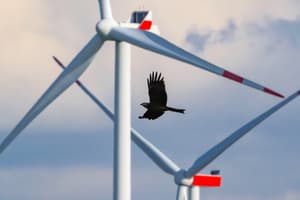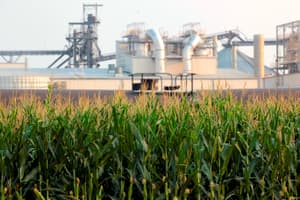The world’s largest exporter of oil, Saudi Arabia, is shifting away from fossil fuels toward renewable energy. The country’s government plans to invest up to $7 billion in seven new solar plants and a wind farm by the end of the year, with a goal to get 10 percent of its power from renewables by 2023, The New York Times reported.
This week, the government made a deal with ACWA Power, a Saudi energy company, to build a $300 million solar farm in Sakaka, in northern Saudi Arabia, that will power 40,000 homes. The project received bids as low as 2 to 3 cents per kilowatt-hour — lower than the cost of electricity generated from fossil fuels, according to Turki al-Shehri, head of the kingdom’s renewable energy program.
“All the big developers are watching Saudi,” Jenny Chase, an analyst at Bloomberg New Energy Finance, a market research firm, told The Times.
But while Saudi Arabia’s renewable energy push will decrease the country’s own carbon emissions, it won’t impact global emissions since it will allow the government to export more of its oil to other nations. According to The Times, Saudi Arabian power plants burned an average 680,000 barrels of oil a day last June, when scorching temperatures increase demand for air conditioning. Had this crude been sold abroad, it could have generated an extra $47 million a day for the government.


